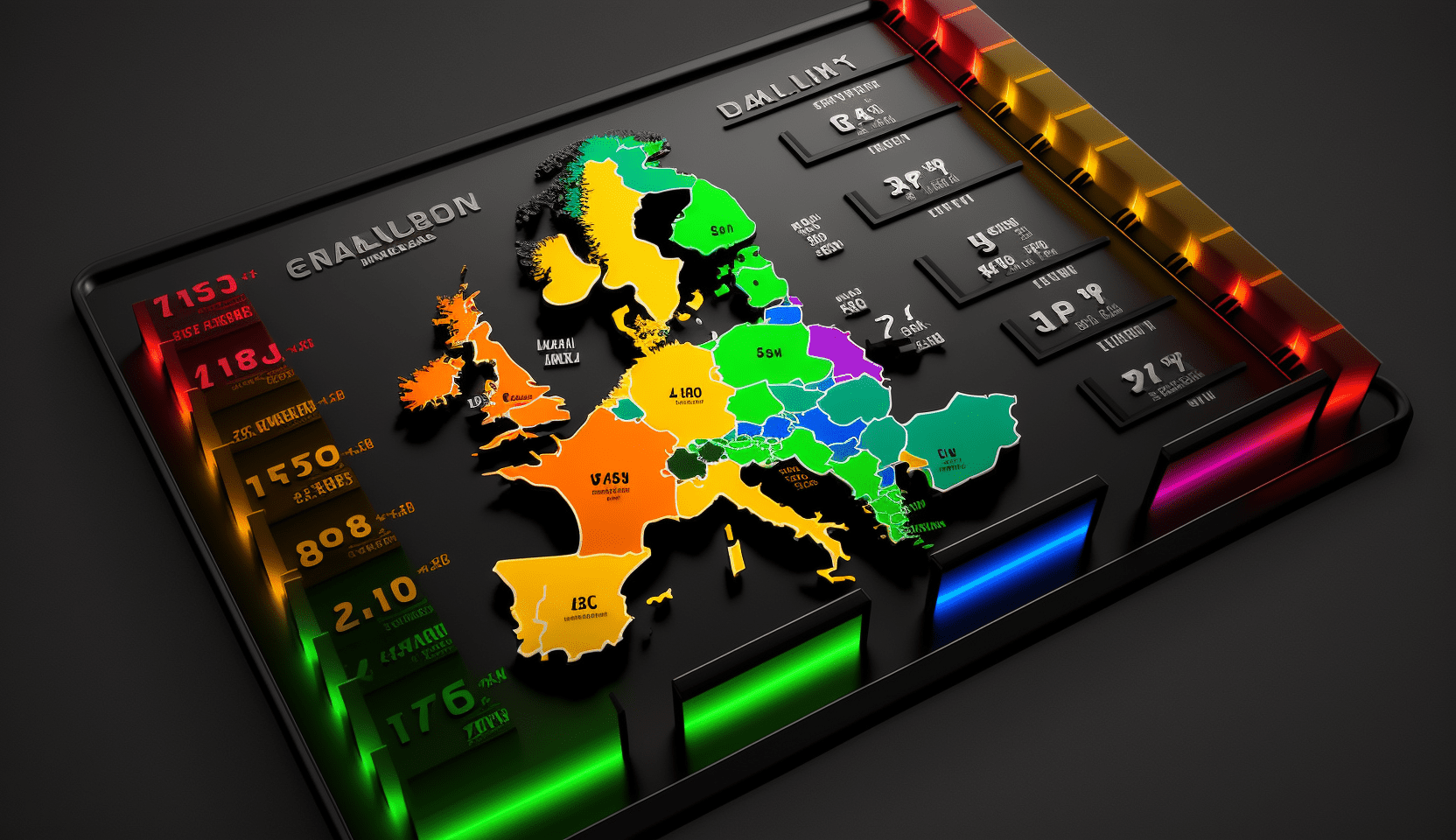
In a historic achievement, researchers from the University of Rochester have successfully created a viable superconductor that can be used in power grids to transmit electricity without loss as well as other potential applications such as levitating high-speed trains or faster electronics. The nitrogen-doped lutetium hydride exhibits superconductivity at 20.5 degrees Celsius and 10 gigapascals. The previous record, by the same team, was superconducting at 14.4 degrees Celsius/39 million pascals and -11.1 degrees Celsius/26 million pascals, respectively.
Superconductors are materials that can conduct electricity without resistance. This would have an incredible impact on the world, from reducing energy losses from power grids to creating levitating high-speed trains. This breakthrough is so important because it demonstrates the possibility of ambient superconductivity and applied technologies.
The team behind this breakthrough has made it clear that there is still a lot of work to be done before this technology can be applied in the real world. The nitrogen-doped lutetium hydride only works at temperatures above absolute zero and at very high pressures. The team is now looking for ways to increase the temperature at which superconductivity occurs and reduce the pressure required.
Superconductivity: A Century-Long Pursuit
Scientists have been pursuing this breakthrough in condensed matter physics for more than a century. Superconducting materials have two key properties: electrical resistance vanishes, and the magnetic fields that are expelled pass around the superconducting material. Such materials could enable power grids that transmit electricity without the loss of up to 200 million megawatt hours (MWh) of the energy that now occurs due to resistance in the wires, as well as other applications such as frictionless, levitating high-speed trains, faster and more efficient electronics, and Tokamak machines that use magnetic fields to confine plasmas to achieve fusion as a source of unlimited power.
Criticism & Retraction
Previously, the Dias team reported creating two materials—carbonaceous sulfur hydride and yttrium superhydride—superconducting at 14.4 degrees Celsius/39 million pascals and -11.1 degrees Celsius/26 million pascals respectively, in papers in Nature and Physical Review Letters. Given the importance of the new discovery, Dias and his team went to unusual lengths to document their research and head off criticism that developed in the wake of the previous Nature paper.
The previous paper was retracted by Nature’s editors due to criticism. In response, Dias and his team collected new data outside the lab, at Argonne and Brookhaven National Laboratories, with an audience of scientists witnessing the superconducting transition live. This new data was then submitted to Nature with additional evidence to validate their earlier work.
Implications & Potential Impact
The implications of this discovery are immense; just imagine transmitting electrical power over thousands of kilometers with essentially no losses. This would revolutionize how we use electricity worldwide, leading to more affordable medical imaging and scanning techniques such as MRI and magnetocardiography as well as faster digital logic and memory device technology.
If increasing the temperature at which superconductivity occurs and reducing the pressure required is successful, we may soon see a world powered by ambient superconductors; one where electricity can be transmitted without any losses, creating an unprecedented efficiency level in our energy consumption.








